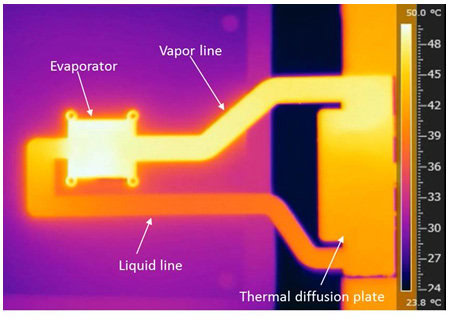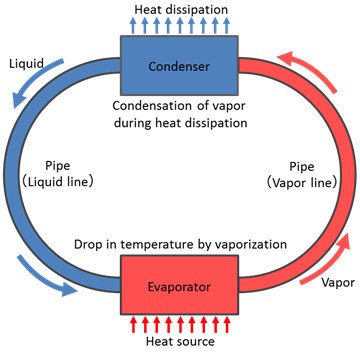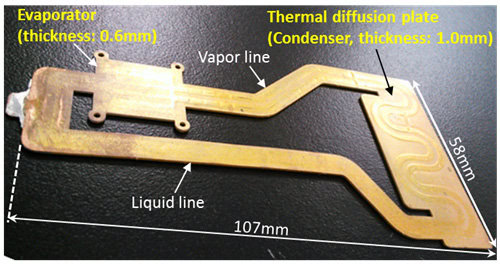Affiliate links on Android Authority may earn us a commission. Learn more.
Fujitsu working on world's first 1mm loop heat pipe cooling system for mobile

Smartphones and tablets are no strangers to the limits imposed by heat-constraints. Without proper airflow and limited space for cooling components, mobile devices are stuck balancing CPU clock speeds and component placements to avoid shortening hardware life through overheating. Even so, mobiles today are known to become a little warm when running at full speed.

However, Fujitsu has a solution in the form of the world’s first loop heat pipe that measures less than 1mm thick. The principle of a heat loop pipe is quite simple – collect the heat at one end, move the heat to a dissipater via a fluid and then cycle back the cooled liquid to collect more heat. Closed-loop heat-syncs are typically much larger and often require components to pump the liquid around the system, neither of which make existing designs suitable for small form factor mobile products.
To accomplish this on a smaller scale, Fujitsu designed a porous copper evaporator with holes etched into multiple 0.1mm layer sheets. When stacked together, these layers maximise heat transfer between the metal and the liquid, and creates a capillary action which causes the fluid to circulate throughout the system. The result is a structure that can transfer five times as much heat as current thin heat pipes, without the need for an external pumping system.

The benefits are that SoC components can run a little cooler and heat can be spread throughout a device more evenly, preventing hotspots that are bad for components and that can be uncomfortable for the user.
Unfortunately, Fujitsu is still prototyping the cooling system, improving the design and looking at ways to cut costs for mobile products. A practical implementation is scheduled for fiscal year 2017.